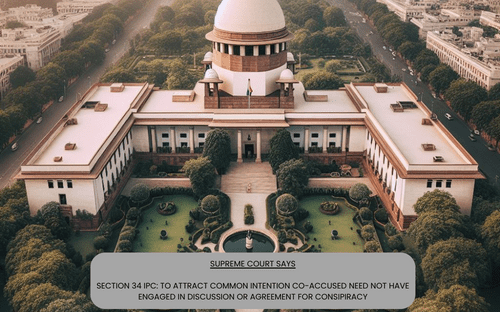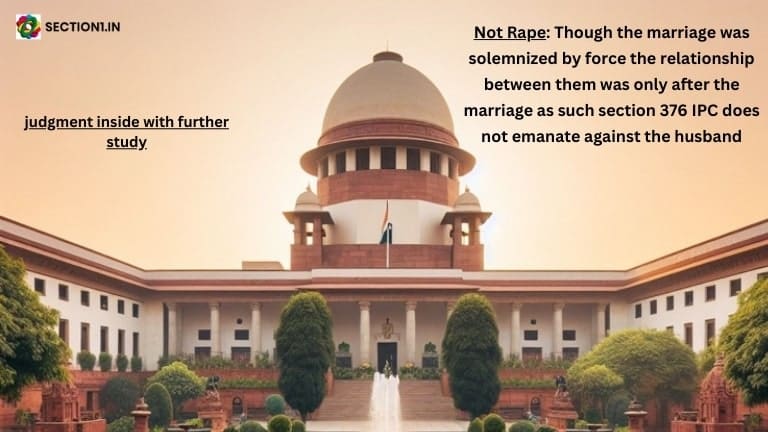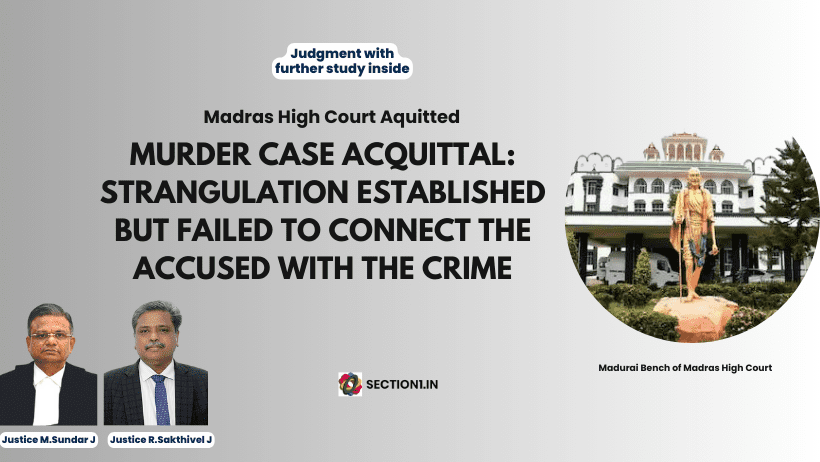Appeal
3. The correctness of the judgment and order of the trial court convicting and sentencing the appellant for life imprisonment for an offence under Section 302 read with 34 of the Indian Penal Code (“IPC” for short) and that of the High Court affirming the same is the subject-matter of examination in this appeal.
Facts with regard to section 34 IPC only
4. The notice on this appeal was issued to the respondent-State of U.P. on 17.04.2023 limited to the applicability of Section 34 of the IPC. Therefore, the only issue for consideration in this appeal is whether the appellant shared common intention along with other co[1]accused to kill the deceased Ram Kishore. Since the notice was confined to the applicability of Section 34 of the IPC, with the consent of the parties, we consider it appropriate to deal with the above aspect only in this appeal.
5. The facts as unfolded reveal that the First Information Report was lodged at the instance of one Balram at about 7:15 a.m. on 18.10.1982 at Police Station Ramnagar, District Varanasi alleging that when at 5:30 am on the same day he along with his brother Ram Kishore were going to attend the nature’s call and had reached Babulal’s Dhaba, he saw Virender armed with iron rod (Rambha), Rajaram, Jogendra and Ram Naresh holding lathis in their hands. All these four persons came out of the Dhaba and shouted to kill Ram Kishore. Upon seeing the said four persons, he and his brother Ram Kishore shouted for help but before any help could arrive, the above four persons gheraoed Ram Kishore and gave brutal blows to him of 8 from lathis and iron rod. As a consequence, Ram Kishore fell down and succumbed to the injuries inflicted upon him.
xxx
Section 34 IPC and its application
8. A reading of Section 34 of the IPC reveals that when a criminal act is done by several persons with a common intention each of the person is liable for that act as it has been done by him alone. Therefore, where participation of the accused in a crime is proved and the common intention is also established, Section 34 IPC would come into play. To attract Section 34 IPC, it is not necessary that there must be a prior conspiracy or premeditated mind. The common intention can be formed even in the course of the incident i.e. during the occurrence of the crime.
9. In the case at hand, it is clearly stated in the FIR and also categorically stated by Balram (PW-1) that Rajaram, Ram Naresh and Jogendra had lathis in their hands and Virender had iron rod in his hands. Rajaram by shouting instigated all of them to kill Ram Kishore. The accused persons having cornered/gheraoed Ram Kishore assaulted him with lathis and iron rod. Rajaram, Jogendra and Ram Naresh armed with lathis and Virender armed with iron rod assaulted Ram Kishore to death. The witness (PW-1) could not be shaken in cross examination and consistently stated that all the accused persons surrounded his brother Ram Kishore and assaulted him together. Thereafter, all of them left together.
Hon’ble Supreme Court has cited Krishnamurthy alias Gunodu and Ors. vs. State of Karnataka – (2022) 7 SCC 521 (para.24) and held:
What is common intention?
13. A plain reading of the above paragraph reveals that for applying Section 34 IPC there should be a common intention of all the coaccused persons which means community of purpose and common design. Common intention does not mean that the co-accused persons should have engaged in any discussion or agreement so as to prepare a plan or hatch a conspiracy for committing the offence. Common intention is a psychological fact and it can be formed a minute before the actual happening of the incidence or as stated earlier even during the occurrence of the incidence.
14. The aforesaid decision instead of helping the appellant rather supports the prosecution that the appellant was rightly convicted with the aid of Section 34 IPC for the offence of killing the deceased as they all had come armed, assaulted him together and thereafter left the place of occurrence together.
Applying section 34 IPC on the present facts
15. The decision in Jasdeep Singh alias Jassu vs. State of Punjab2 to the effect that a mere common intention per se may not attract Section 34 IPC unless the present accused has done some act in furtherance thereof is of no assistance to the appellant as it is writ large on record as per the evidence that the appellant not only had common intention to kill the deceased Ram Kishore but also actively participated in assaulting and giving blows to the deceased Ram Kishore together with the other accused persons.
Party
RAM NARESH …APPELLANT VERSUS STATE OF U.P. …RESPONDENT – CRIMINAL APPEAL NO. 3577 OF 2023 – DECEMBER 1, 2023 – 2023 INSC 1037
https://main.sci.gov.in/supremecourt/2021/17585/17585_2021_8_1502_48732_Judgement_01-Dec-2023.pdf






